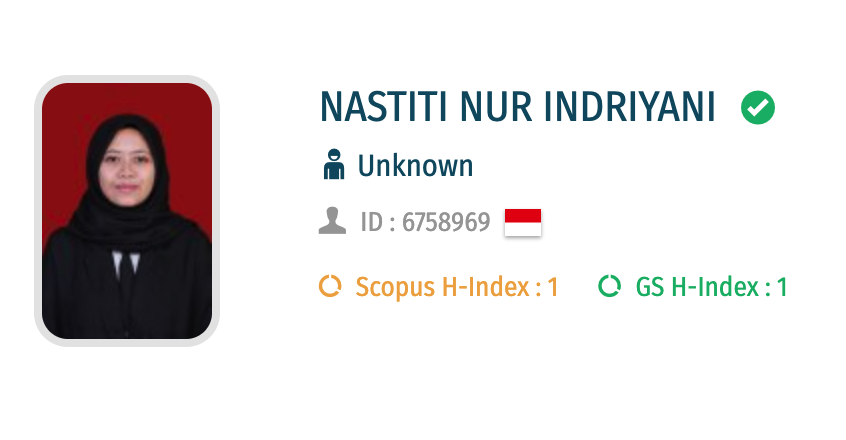REASONS FOR REJECTION TO THE RESULTS OF INDONESIA AND TIMOR LESTE LAND BOUNDARY AGREEMENT IN UN-RESOLVED SEGMENT (A CASE STUDY IN BIDJAELE SUNAN-OBEN)
Keywords:
Land boundary, Un-Resolved Segment, Constructivism, Bijaele Sunan, Indonesia-Timor LesteAbstract
The land boundary dispute between Indonesia and Timor Leste at the Un-Resolved Segment point has reached its final stage with the signing of the document "Agreed Principles on The Final Settlement of Land Boundary between the Republic of Indonesia and The Democratic Republic of Timor Leste" by Wiranto and Xanana Gusmao in Jakarta on July 22, 2019. One of the contents of the agreement stated that the Bijaele Sunan-Oben point/Oelnasi area which spanned an area of 147.2 ha with a length of 2.6 KM was completed by referring to the 1904 Treaty between the Netherlands and Portugal. The agreement between the governments of the two countries was then met with resistance from non-state actors, especially the traditional leaders of the Manusasi village community, West Miomaffo sub-district, North Central Timor district. Using a constructivist perspective, the author argues that the reaction of rejection by the traditional leaders of the Manusasi village community was based on the fact that the results of the agreement were very contrary to the 1963 customary agreement between the Manusasi and Ambenu people as part of the Atoni Meto tribe.







